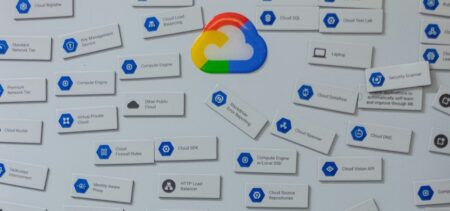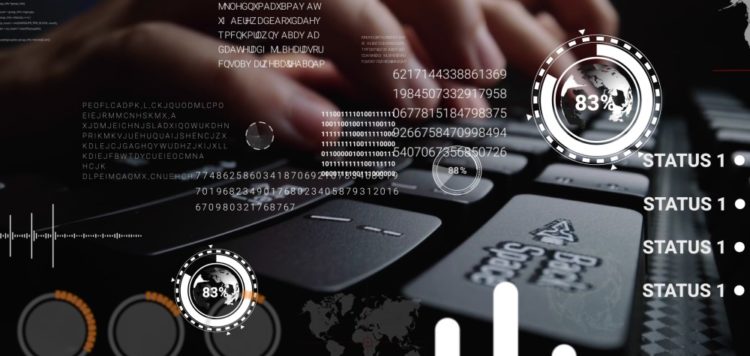Governments are increasingly in need of intelligent platforms capable of collecting, cleansing, filtering, and analyzing large amounts of data. This wide range of data processes can be harnessed to create a “single version of the truth”, allowing them to see the big picture, make smarter choices about how to allocate resources, and better predictions of future trends. Such an approach has the potential to transform governments at all levels. McKinsey estimated that governments could save up to $1 trillion worldwide—just by using data analytics to improve their revenue collection.
How governments can use data science
There are a multitude of areas and applications where governments can use data science, with various benefits.
Fraud detection and tax evasion
The predictive analytics models and algorithms used for this purpose rely not only on financial data, but also on social media information. AI-based algorithms carefully sift through data and match the patterns of spenders with the income they report. Those who spend far more than they earn could be easier to spot.
Defense
In defense, the importance of big data is enormous. With the introduction of real-time analytics, entire states have had the opportunity to track and monitor borders, analyze multiple video feeds from different strategically important targets, and keep an eye on the air and navy spaces. Smart solutions provide more accurate and reliable results. Predictive analytics can be a game-changer in defense logistics and the prevention of potential threats. Algorithms build possible scenarios, and predict threats and damages.
Terrorism
Big data analytics, machine learning algorithms and text mining/processing are widely applied to detect terrorist activity and potential threats. Large amounts of data are carefully collected and processed in order to identify potential terrorist behavior. This data includes conversations, texts, interactions and contacts, purchases, and movements to potentially dangerous locations, etc. Security agencies build data patterns and then link them to AI-powered systems that could detect patterns in real-time. These intelligent data solutions analyze all available data, and form reports on potentially dangerous individuals or groups, taking into account data on previous cases of extremism, crime or terrorism.
Street crime
Police departments around the world could use big data to predict crime mapping. These systems use past data about crime type, location, date and time to create hotspots. Hotspot maps are proving to be very effective. Smart city systems also allow multiple locations to be monitored in real-time, by using highly sensitive cameras and motion sensors to detect suspicious actions, and send alarms to the police.
Healthcare
A recent and eloquent example of the use of data science in healthcare is the COVID-19 pandemic, during which applications of big data, machine learning algorithms and Artificial Intelligence-based systems have been used to detect and diagnose infection, track people’s contacts, develop treatments and vaccines, as well as disease prevention and predictive analytics.
Data science and AI are being used to accelerate the development and testing of new drugs as well as innovative vaccines in real-time, thus helping to speed up the process significantly. This technological advancement has made tremendous progress in biotechnology and the discovery of treatments for incurable diseases.
Main barriers and challenges in data science
When talking about data science there are some challenges authorities need to address in order to find the right solutions and to accurately implement them. The main barriers come from two areas: data and technology.
The main issues at the data level are: data in hard-to-use formats such as PDF, inconsistently entered data, use of different standards, lack of common identifiers, and lack of open data.
Main challenges at the technological level are: isolated IT systems, outdated technologies making data hard to extract, and lack of common platforms for data exchange.
These barriers and challenges show that each institution has its own system and local database, without the possibility for these systems to communicate with each other, and thus a common data model. Such a common, unified data model is essential to build interoperable systems at central government level to facilitate citizens’ interaction with public institutions.
Lack of interoperability leads to fragmentation of services, and limits data exchange—consequently affecting the efficiency of public services.
Finding the right solutions
There are some key aspects to take into consideration when using data science.
Main solutions at the data level: record all data in a machine-readable format, enforce a consistent data collection policy, use common standards, use unique IDs, and create a consistent open data policy.
Main solutions at the technological level: adoption of technology that follows common interoperability standards, open APIs across all institutions, and building a platform for data exchange.
Big data tooling and AI brought new opportunities to the sphere of public administration. By digging deeper into data science, governments all around the globe can make smarter choices about how to allocate resources, and to predict future security trends more accurately—among many other benefits.










































